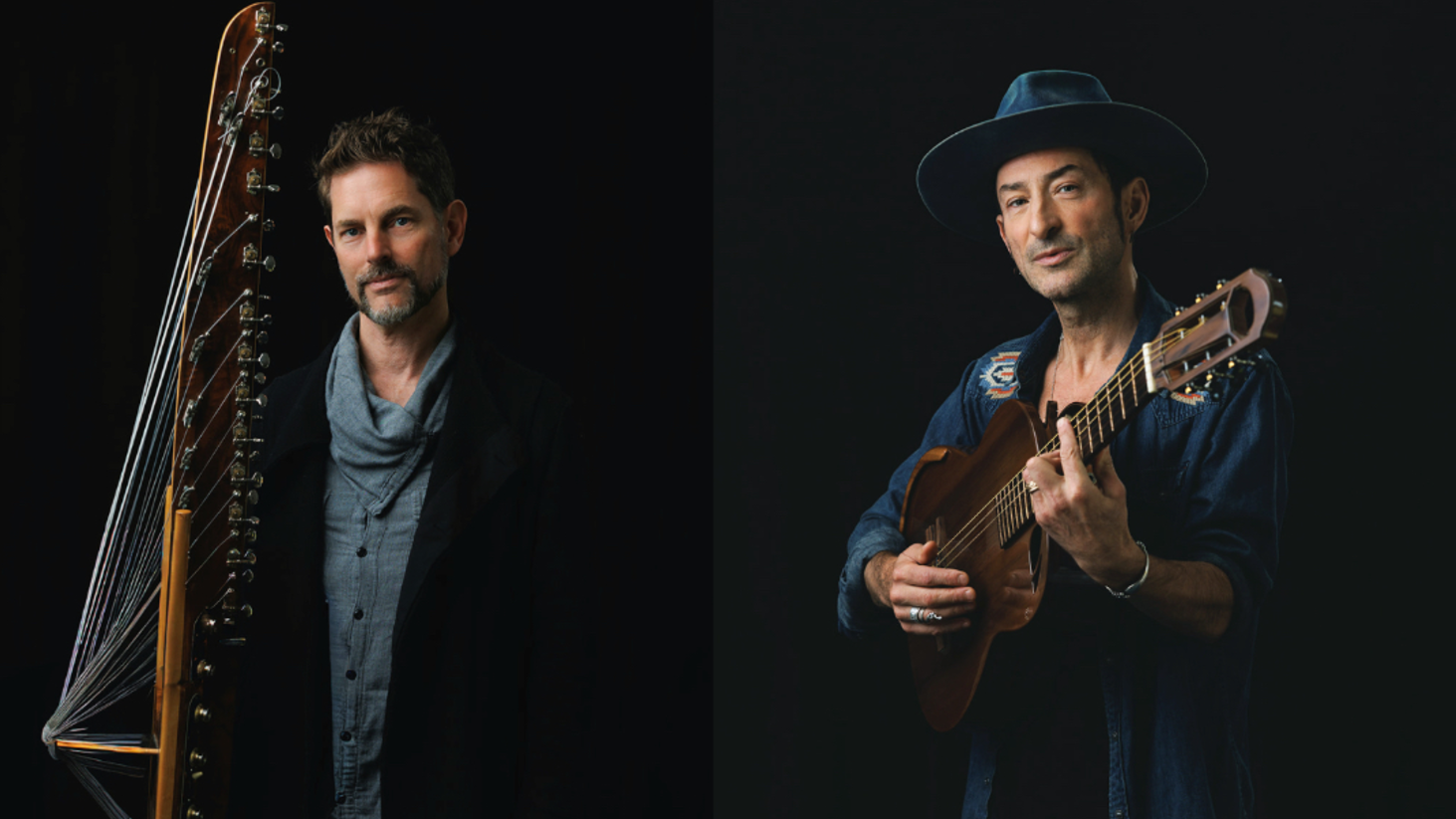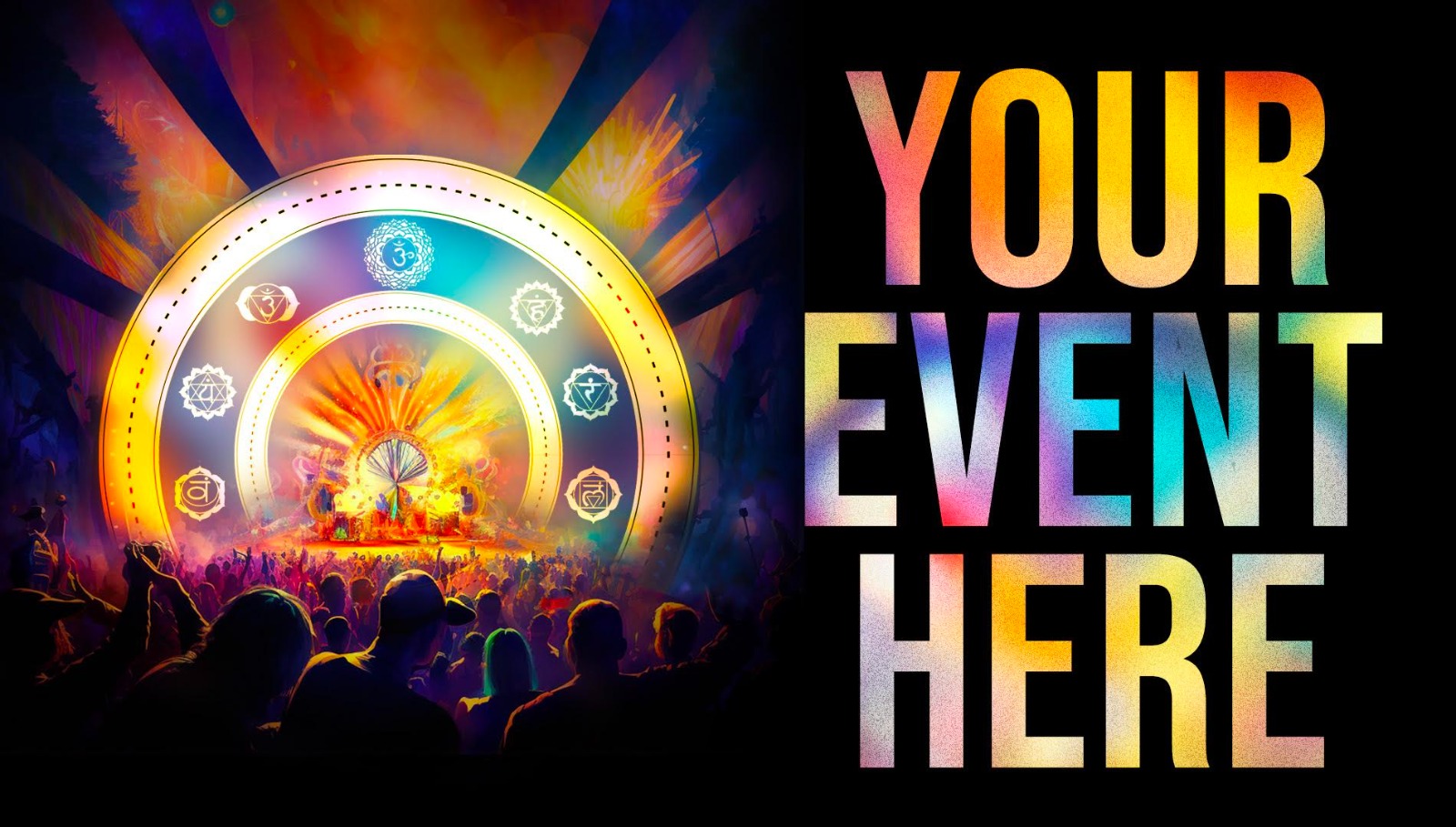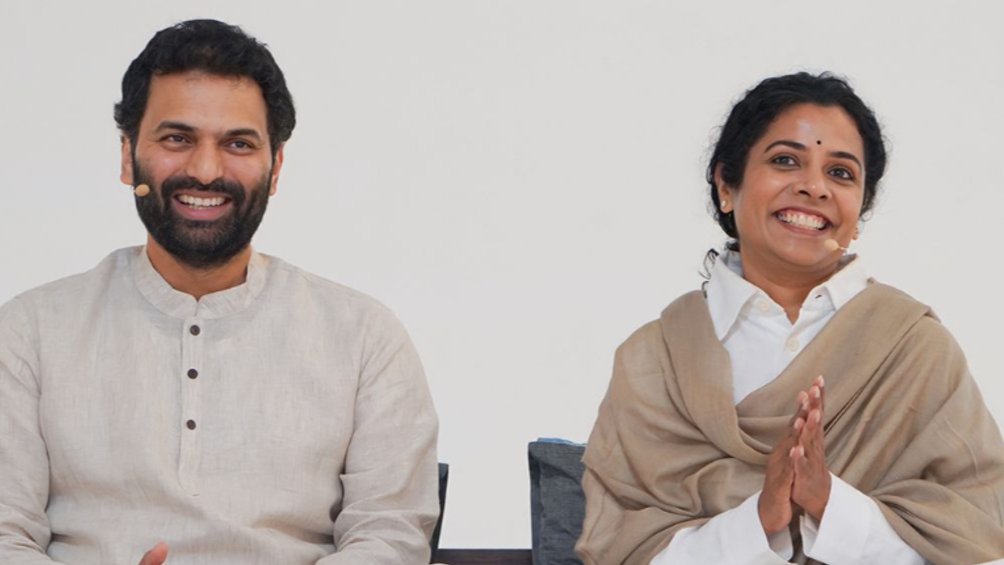
When it comes to hosting an event, the way you structure ticket pricing plays a crucial role in determining its success. Pricing isn’t just a financial matter—it’s an opportunity to create a meaningful experience for both you and your attendees. By embracing tiered pricing, you can offer different entry points for your audience, encourage early commitment, and ensure financial success while staying aligned with the essence of your event.
In this guide, we’ll explore how you can implement a thoughtful, transparent pricing structure that aligns with both your revenue goals and the values of your community. We’ll also touch on a modern approach to tiered pricing, where all the tiers are visible from the outset, allowing your audience to choose based on availability rather than set dates, which adds a unique sense of urgency.
1. Setting Your Revenue Intention
Before diving into ticket pricing, it’s important to first clarify your revenue goal. This isn’t just about reaching a number—it’s about aligning your pricing with the impact and experience you want to create.
To start, ask yourself:
- Event Capacity: How many tickets can you realistically sell based on venue size, demand, or virtual accessibility? Understand your capacity to set a realistic pricing target.
- Ticket Price Range: What is the typical market rate for events in your niche? What are attendees willing to pay for an event like yours? Events like spiritual gatherings, yoga retreats, or kirtan concerts often offer varying ticket prices based on the depth of the experience, so it’s important to be mindful of what feels fair to your community.
With this foundation, you can now craft a pricing structure that supports your revenue goal without alienating potential attendees.
2. Crafting Your Tiered Pricing Structure
Once you’ve set your revenue goal, it’s time to craft a tiered pricing structure. This is where you can introduce a range of ticket options that suit different budgets while encouraging early commitment. Tiered pricing allows you to offer more accessible options at the beginning, while still providing valuable incentives for later ticket buyers.
Here’s a classic example of how to structure these tiers:
- Super Early Bird Tickets: This is the most discounted price and is available to those who commit early, usually for the first X number of tickets. It’s a reward for those who believe in your event from the start, ensuring you generate early momentum and excitement.
- Early Bird Tickets: This tier remains discounted but is available after the Super Early Bird tickets sell out. It still offers value to early buyers but at a slightly higher price to reflect the growing demand.
- Standard Tickets: This is the full-price ticket, available once the earlier tiers sell out. It ensures that you can still meet your revenue goals while offering fair access to those who join later.
Each tier is designed to create a sense of urgency while respecting your attendees' timing and budget.
3. The Psychology of Pricing: Encouraging Immediate Action
One of the most powerful aspects of tiered pricing is its ability to motivate attendees to act sooner rather than later. The Super Early Bird tier creates a sense of urgency, but not through pressure—it’s about offering a reward for those who are ready to commit early. Similarly, as the prices increase in later tiers, your audience sees more value in acting sooner.
But here’s where a subtle shift in approach can have a unique impact. By making all tiers visible from the start—instead of restricting visibility based on date—your audience is empowered to choose their tier based on availability and their personal readiness. This first-come, first-served model ensures that the urgency isn’t tied to a deadline but rather to the limited availability of each price point. People are encouraged to act quickly, not because of a looming deadline, but because the best deals might sell out first.
This approach also avoids the typical “hurry up or miss out” feeling and replaces it with a more natural flow of demand that feels fair to all attendees.
4. Dynamic Pricing—Adapting to Demand
For high-demand events, dynamic pricing can be an additional tool to maximize revenue. Dynamic pricing allows you to adjust ticket prices based on real-time demand or how many tickets are left. For example, once the Super Early Bird tickets are sold out, the price increases for the next set of tickets.
This strategy works particularly well for larger events where demand can fluctuate, but it’s important to be transparent with your audience. Let them know that prices may rise as tickets become scarce, which ensures there are no surprises for your community.
By combining dynamic pricing with a transparent first-come, first-served model, you can ensure that attendees are always aware of the pricing structure and are motivated to secure their tickets sooner rather than later.
5. Group Discounts and Add-Ons: Enhancing the Experience
In addition to your tiered pricing, consider offering group discounts or special add-ons to boost engagement and revenue. Group discounts are a fantastic way to encourage attendees to bring friends or family, fostering a greater sense of community around your event.
For example, offering a 10% discount for groups of 5 or more not only increases ticket sales but strengthens the collective energy of your gathering. Additionally, offering VIP add-ons or exclusive merchandise can significantly enhance the experience for those willing to invest more in their participation. These add-ons could include backstage access, special content, or personalized interactions, providing attendees with more meaningful engagement.
6. Aligning Pricing with Value Perception
Each tier you offer should reflect a corresponding level of value. The Super Early Bird tickets should still offer a fulfilling experience, but perhaps with fewer perks than the higher-priced tiers. The Standard Tickets should provide a comprehensive experience but may not include the exclusive access or added benefits of VIP tickets.
Aligning pricing with value ensures that attendees feel they are receiving a fair exchange for their investment, and each tier should be priced in a way that communicates the worth of the experience at that level.
7. Conclusion: A Thoughtful Approach to Event Pricing
Tiered pricing is a proven strategy for maximizing event revenue. By setting clear revenue goals, structuring your pricing tiers thoughtfully, and using psychological pricing techniques, you can ensure that your event reaches its full potential.
When you present all tiers from the outset, you not only offer transparency and fairness, but you also encourage attendees to act based on availability rather than deadlines. This creates a natural flow of demand while ensuring that everyone has the opportunity to participate at the price point that aligns with their readiness and budget.
Remember, your pricing structure should be a reflection of the value you offer and a tool to build stronger connections within your community. Whether you’re hosting an intimate retreat or a large-scale concert, tiered pricing is a powerful tool that can enhance your event’s success while maintaining alignment with your event’s purpose.


















